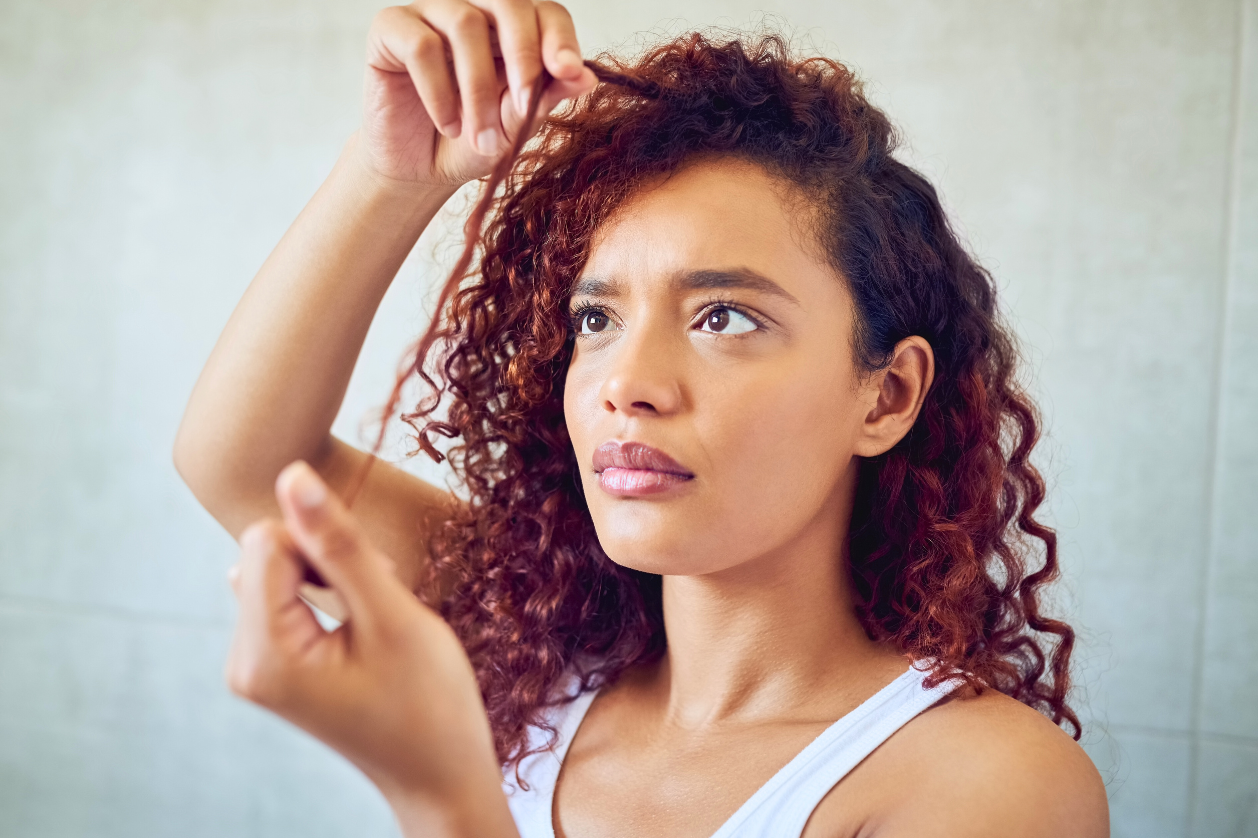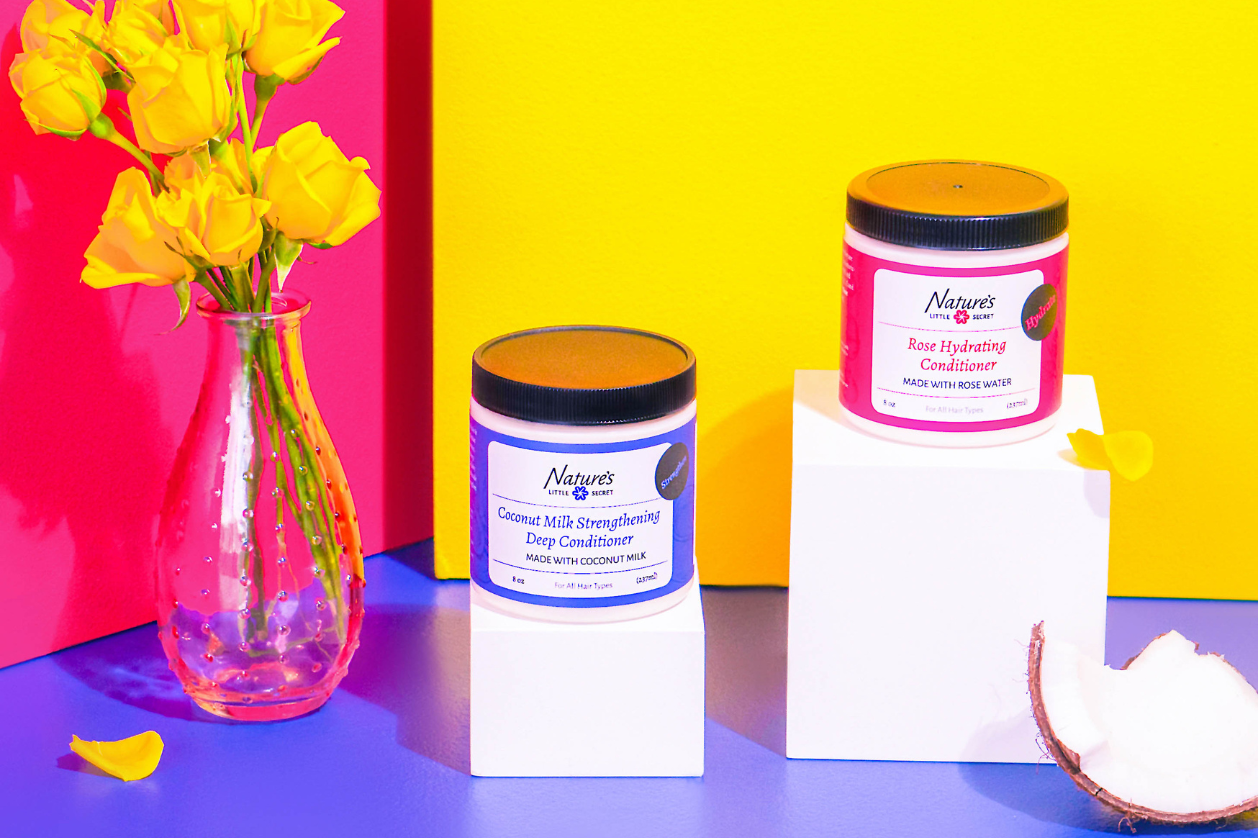Why Your Hair Texture Changes Over Time (and How to Care for It)

Have you ever looked in the mirror and thought: “My curls aren’t the same as they used to be” or “Why does my hair feel different now?” You’re not imagining things—hair texture changes over time are real, common, and totally normal. Whether your once-tight curls are loosening into waves, your straight strands are developing a bend, or your hair suddenly feels more coarse or fine, there’s a scientific reason behind it.
In this guide, we’ll break down why hair texture changes, the most common causes, and how to care for your evolving hair so it stays healthy, hydrated, and fabulous at every stage.
What Does “Hair Texture” Really Mean?
Hair texture refers to the natural shape, thickness, and feel of your strands—whether they’re straight, wavy, curly, or coily. Texture is determined at the follicle level: the shape of your hair follicle dictates how your strands grow. A round follicle produces straight hair, while an oval or flat follicle produces waves and curls.
But here’s the kicker—follicles aren’t set in stone. Hormones, age, stress, health, and even lifestyle habits can cause your follicles (and therefore your hair texture) to change over time.
Top Reasons Why Your Hair Texture Changes Over Time
1. Hormonal Shifts
Hormones are one of the biggest drivers of texture change.
- Puberty can trigger curls or waves where there weren’t any before.
- Pregnancy & postpartum often bring dramatic shifts—some women see their curls tighten, while others notice looser patterns.
- Menopause can lead to dryness, thinning, or loss of curl definition due to hormonal fluctuations.
2. Aging & Life Stages
As we age, our hair naturally changes. It may become finer, drier, or more brittle. Curls can loosen, shrinkage may decrease, and density often thins over time.
3. Stress & Health Conditions
High stress levels can disrupt the natural growth cycle, leading to shedding, thinner strands, or changes in curl pattern. Certain medications and health conditions may also affect follicle shape and growth.
4. Damage & Lifestyle Factors
Frequent heat styling, chemical relaxers, color treatments, and even protective styles that pull too tightly can impact your hair’s structure. Sometimes this change is temporary; other times, it becomes permanent.
5. Environmental Influences
Climate, humidity, and water quality (like hard water) can play a role in how your hair behaves daily. Over time, repeated exposure may alter how your strands react.
Signs That Your Hair Texture Is Changing
Wondering if you’re experiencing a texture shift? Look out for these signs:
- Your curls aren’t forming the same way they used to.
- Hair feels more frizzy, dry, or harder to moisturize.
- Strands are finer, thicker, or more coarse than before.
- Your usual products or techniques don’t give the same results.
How to Care for Hair as Its Texture Changes
Just because your texture changes doesn’t mean your hair is unmanageable—it simply means your routine should evolve with it. Here’s how:
1. Prioritize Scalp Health
Healthy hair starts at the scalp. Regular scalp massages, gentle cleansers, and nourishing oils (like those infused with rosemary, chamomile, or papaya) can support stronger growth and balanced follicles.
2. Adjust Your Moisture Routine
- If your hair feels drier than before, switch to richer conditioners and leave-ins.
- If it feels heavier or greasy, try lighter, water-based moisturizers.
3. Incorporate Strengthening Treatments
When your hair feels weak, limp, or fragile, it may be craving extra strength. That’s where protein comes in—helping reinforce the hair shaft and reduce breakage.
Our Coconut Milk Strengthening Deep Conditioner is a light but powerhouse treatment that combines the strength of coconut milk, green tea, and quinoa:
- Coconut Milk delivers protein and moisture to fortify strands.
- Green Tea is rich in antioxidants that protect against damage and promote scalp health.
- Quinoa provides amino acids that repair, strengthen, and support elasticity.
Together, these ingredients help restore resilience, making your hair feel stronger, softer, and more manageable as its texture evolves. Just remember: balance is key. Rotate strengthening treatments with moisturizing masks to keep your strands healthy and flexible.
4. Protect from Heat & Tension
If you’re embracing heat styling or tight styles, always use a heat protectant and give your strands breaks with looser styles or protective coverings.
5. Embrace Your New Texture
Instead of fighting change, lean into it. Experiment with new styles—whether it’s poppin’ twist-outs, braid-outs, heatless waves, or sleek stretched looks. Every stage of your hair journey is beautiful.
When to Seek Expert Advice
If your hair texture changes suddenly—especially if it’s paired with excessive shedding, breakage, or scalp irritation—it’s best to check in with a dermatologist or trichologist. Sometimes underlying health conditions can show up through your hair first.
The Bottom Line
Hair texture changes are natural. They happen to everyone at some point due to hormones, aging, stress, lifestyle, and environment. The key is learning how to listen to your hair and adapt your routine accordingly.
Your hair is part of your story—and just like you, it will evolve. With the right care, every stage of your texture journey can be strong, healthy, and full of life.


